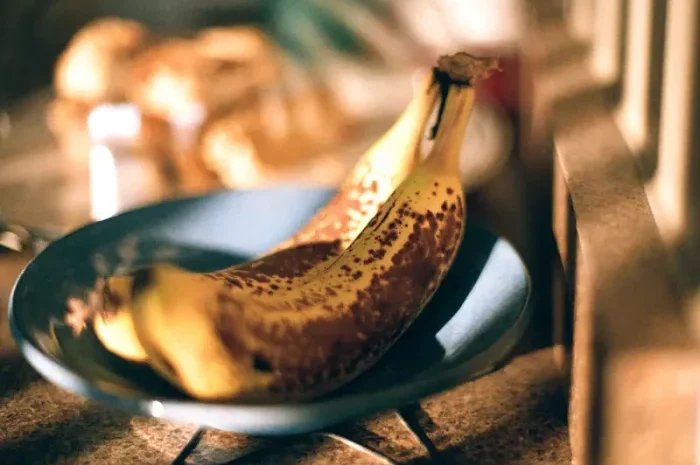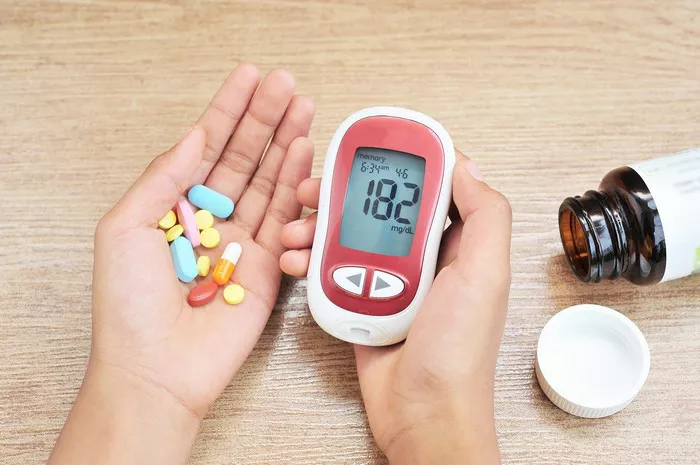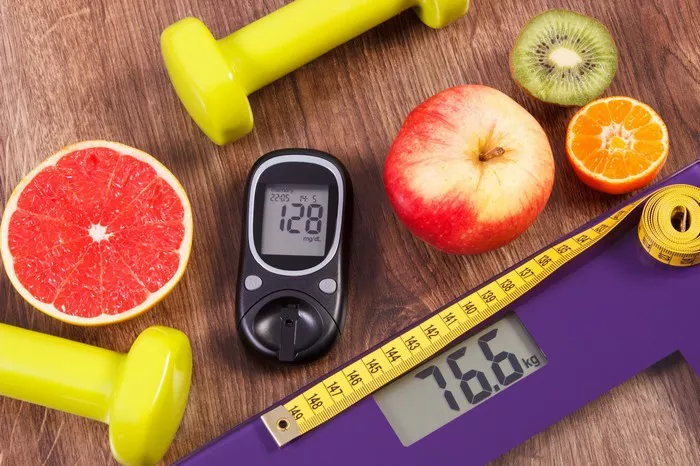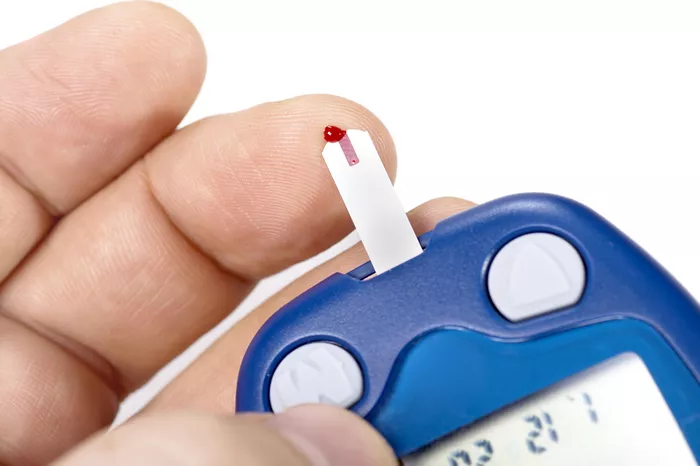Bananas are a popular fruit worldwide, loved for their sweet taste and versatility. However, for individuals managing diabetes, the question often arises: are bananas a suitable choice? This article delves into the nutritional profile of bananas, their impact on blood sugar levels, and how they fit into a diabetic diet. By understanding these factors, diabetics can make informed choices about including bananas in their meals.
Nutritional Profile of Bananas
Bananas are packed with essential nutrients that offer several health benefits. A medium-sized banana (approximately 118 grams) provides:
- Calories: 105
- Carbohydrates: 27 grams
- Fiber: 3.1 grams
- Sugars: 14.4 grams
- Protein: 1.3 grams
- Fat: 0.3 grams
- Vitamin C: 10.3 mg (17% of the Daily Value, DV)
- Vitamin B6: 0.4 mg (22% DV)
- Potassium: 422 mg (12% DV)
- Magnesium: 31.9 mg (8% DV)
Bananas are particularly noted for their high potassium content, which plays a vital role in maintaining healthy blood pressure and proper muscle and nerve function.
Glycemic Index and Glycemic Load of Bananas
The glycemic index (GI) is a measure of how quickly a food raises blood sugar levels. Foods with a GI of 55 or less are considered low-GI foods, while those with a GI of 70 or above are high-GI foods. Bananas have a moderate GI, typically ranging from 51 to 54 depending on ripeness.
The glycemic load (GL), which takes into account the portion size, provides a more accurate picture of a food’s impact on blood sugar levels. The GL of a medium banana is approximately 10, placing it in the medium range.
Impact of Bananas on Blood Sugar Levels
For diabetics, the primary concern with bananas is their carbohydrate content and the consequent impact on blood glucose. Carbohydrates in bananas are mainly sugars and starches, which can raise blood sugar levels. However, the fiber content in bananas helps slow down the digestion and absorption of these sugars, leading to a more gradual increase in blood glucose.
The ripeness of the banana also affects its glycemic impact. As bananas ripen, their starches convert to sugars, increasing the GI. A ripe banana has a higher GI compared to a less ripe one. Therefore, diabetics might find that consuming less ripe bananas can help manage blood sugar spikes better.
Health Benefits of Bananas for Diabetics
Despite the potential for raising blood sugar levels, bananas offer several health benefits that can be particularly advantageous for diabetics.
- High Fiber Content: The fiber in bananas can aid in managing blood sugar levels by slowing digestion and preventing rapid spikes in glucose. Fiber also promotes satiety, helping with weight management, which is crucial for diabetics.
- Rich in Potassium: Potassium is essential for heart health, and maintaining proper potassium levels can help manage blood pressure. Since diabetics are at a higher risk for cardiovascular diseases, the potassium in bananas can be beneficial.
- Vitamin B6: This vitamin is crucial for brain health and proper metabolic function. It helps in the synthesis of neurotransmitters and the metabolism of proteins and glycogen.
- Antioxidants: Bananas contain antioxidants like dopamine and vitamin C, which help combat oxidative stress and inflammation, common issues in diabetes.
- Moderate Caloric Content: With around 105 calories per medium banana, they can be a healthy snack option that provides energy without excessive calories.
Incorporating Bananas into a Diabetic Diet
For diabetics, portion control and pairing bananas with other foods can help mitigate their impact on blood sugar levels. Here are some practical tips:
- Monitor Portions: Consuming smaller bananas or half a banana at a time can help control carbohydrate intake.
- Pair with Protein or Fat: Eating bananas with a source of protein or healthy fat can slow down sugar absorption. Examples include a banana with a handful of nuts, a spoonful of peanut butter, or a piece of cheese.
- Choose Less Ripe Bananas: Opt for bananas that are still slightly green to lower the glycemic impact.
- Spread Consumption Throughout the Day: Rather than eating a whole banana at once, spread it out by adding slices to meals or snacks throughout the day.
- Include in Balanced Meals: Add banana slices to oatmeal, yogurt, or smoothies to create balanced meals that include fiber, protein, and healthy fats.
Considerations for Diabetics with Specific Conditions
Diabetes management can vary based on individual health conditions. Here are some considerations for different diabetic scenarios:
- Type 1 Diabetes: Individuals with Type 1 diabetes can include bananas in their diet, but they need to count the carbohydrates carefully and adjust their insulin doses accordingly. Monitoring blood glucose levels before and after eating bananas can help manage their impact.
- Type 2 Diabetes: For those with Type 2 diabetes, bananas can be included as part of a balanced diet. Emphasizing portion control and pairing bananas with other macronutrients is essential to prevent blood sugar spikes.
- Gestational Diabetes: Pregnant women with gestational diabetes should consult with their healthcare provider about including bananas in their diet. Small portions and careful monitoring of blood glucose levels are crucial.
- Hypoglycemia: For diabetics who experience episodes of low blood sugar, bananas can be a quick source of glucose to elevate blood sugar levels. However, it’s essential to follow up with a more balanced snack to maintain stable glucose levels.
Potential Drawbacks of Bananas for Diabetics
While bananas offer numerous health benefits, there are some potential drawbacks to consider:
- High Sugar Content: Bananas are relatively high in natural sugars, which can lead to blood sugar spikes if not consumed in moderation.
- Variable Glycemic Impact: The ripeness of the banana significantly affects its glycemic impact, which can be challenging to manage consistently.
- Portion Size: It’s easy to overconsume bananas due to their sweetness and convenience, potentially leading to excessive carbohydrate intake.
- Potential for Allergies: Some individuals may have a banana allergy, characterized by itching or swelling in the mouth or throat after consumption. Diabetics with food allergies need to avoid bananas or seek medical advice.
Alternative Fruits for Diabetics
Diabetics have various fruit options that may have a lower glycemic impact than bananas. Some alternatives include:
- Berries: Strawberries, blueberries, raspberries, and blackberries are low-GI fruits rich in antioxidants, fiber, and vitamins.
- Apples: Apples have a low to moderate GI and are high in fiber, especially if eaten with the skin.
- Pears: Pears are low-GI fruits that offer fiber, vitamins, and minerals.
- Cherries: Cherries have a low GI and provide antioxidants and anti-inflammatory properties.
- Oranges: Oranges have a low GI and are an excellent source of vitamin C and fiber.
Conclusion
Bananas can be a nutritious and beneficial addition to a diabetic diet when consumed mindfully. Their fiber content, essential vitamins, and minerals make them a healthy choice. However, due to their carbohydrate content and the variability in glycemic impact based on ripeness, portion control and proper pairing with other macronutrients are crucial.
Diabetics should consult with their healthcare providers or dietitians to tailor fruit intake to their individual needs and ensure optimal blood sugar management. By understanding the nutritional profile of bananas and their impact on blood glucose, diabetics can enjoy this popular fruit as part of a balanced and healthy diet.
Related topics:
What are the best low sugar fruits?

























